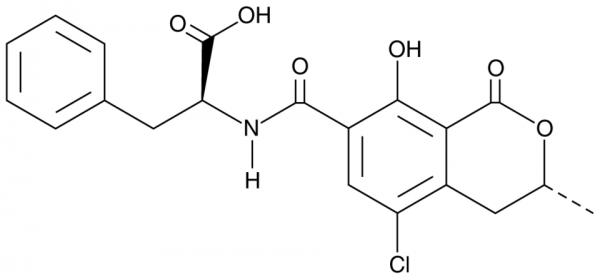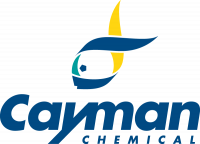Cookie preferences
This website uses cookies, which are necessary for the technical operation of the website and are always set. Other cookies, which increase the comfort when using this website, are used for direct advertising or to facilitate interaction with other websites and social networks, are only set with your consent.
Configuration
Technically required
These cookies are necessary for the basic functions of the shop.
"Allow all cookies" cookie
"Decline all cookies" cookie
CSRF token
Cookie preferences
Currency change
Customer-specific caching
FACT-Finder tracking
Individual prices
Selected shop
Session
Comfort functions
These cookies are used to make the shopping experience even more appealing, for example for the recognition of the visitor.
Note
Show the facebook fanpage in the right blod sidebar
Statistics & Tracking
Affiliate program
Conversion and usertracking via Google Tag Manager
Track device being used

If you have any questions, please use our Contact Form.
You can also order by e-mail: info@biomol.com
Larger quantity required? Request bulk
You can also order by e-mail: info@biomol.com
Larger quantity required? Request bulk
Ochratoxin A (OTA) is a mycotoxin that has been found in Penicillium and is an active metabolite... more
Product information "Ochratoxin A"
Ochratoxin A (OTA) is a mycotoxin that has been found in Penicillium and is an active metabolite of OTC (Cay-20183). It is formed from OTC in vivo, however, OTC can also be formed from OTA by gut microbiota. OTA (120 µg/kg) increases renal lipid peroxide levels and the number of apoptotic cells, as well as reduces renal superoxide dismutase (SOD) activity in rats. Topical application of OTA (80 µg/animal) induces DNA damage, cell cycle arrest at the G0/G1 phase, and apoptosis in mouse skin cells. It also initiates tumor formation in a two-stage mouse skin tumorigenesis model. OTA has been found in food products and poultry feed.Formal Name: N-[[(3R)-5-chloro-3,4-dihydro-8-hydroxy-3-methyl-1-oxo-1H-2-benzopyran-7-yl]carbonyl]-L-phenylalanine. CAS Number: 303-47-9. Synonyms: NSC 201422, NSC 221991, OTA. Molecular Formula: C20H18ClNO6. Formula Weight: 403.8. Purity: >98%. Formulation: (Request formulation change), A crystalline solid. Solubility: DMF: 10 mg/ml, DMSO: 15 mg/ml, Ethanol: 50 mg/ml, Ethanol:PBS(pH 7.2) (1:1): 0.50 mg/ml. lambdamax: 213, 331 nm. SMILES: O=C(O)C(NC(C1=CC(Cl)=C(C[C@@H](C)OC2=O)C2=C1O)=O)CC3=CC=CC=C3. InChi Code: InChI=1S/C20H18ClNO6/c1-10-7-12-14(21)9-13(17(23)16(12)20(27)28-10)18(24)22-15(19(25)26)8-11-5-3-2-4-6-11/h2-6,9-10,15,23H,7-8H2,1H3,(H,22,24)(H,25,26)/t10-,15+/m1/s1. InChi Key: RWQKHEORZBHNRI-BMIGLBTASA-N.
| Keywords: | NSC 201422, NSC 221991, OTA, N-[[(3R)-5-chloro-3,4-dihydro-8-hydroxy-3-methyl-1-oxo-1H-2-benzopyran-7-yl]carbonyl]-L-phenylalanine |
| Supplier: | Cayman Chemical |
| Supplier-Nr: | 11439 |
Properties
| Application: | Mycotoxin, Metabolic Studies |
| MW: | 403.8 D |
| Formula: | C20H18ClNO6 |
| Purity: | >98% |
| Format: | Crystalline Solid |
Database Information
| CAS : | 303-47-9| Matching products |
Handling & Safety
| Storage: | -20°C |
| Shipping: | +20°C (International: -20°C) |
| Signal Word: | Danger |
| GHS Hazard Pictograms: |
|
| H Phrases: | H300, H304, H319, H336, H351, H360, H373, H413 |
| P Phrases: | P201, P202, P260, P261, P264, P270, P271, P273, P280, P301+310, P304+340, P305+351+338, P308+313, P312, P314, P321, P330, P331, P337+313, P403+233, P405, P501 |
Caution
Our products are for laboratory research use only: Not for administration to humans!
Our products are for laboratory research use only: Not for administration to humans!
Information about the product reference will follow.
more
You will get a certificate here
Viewed


